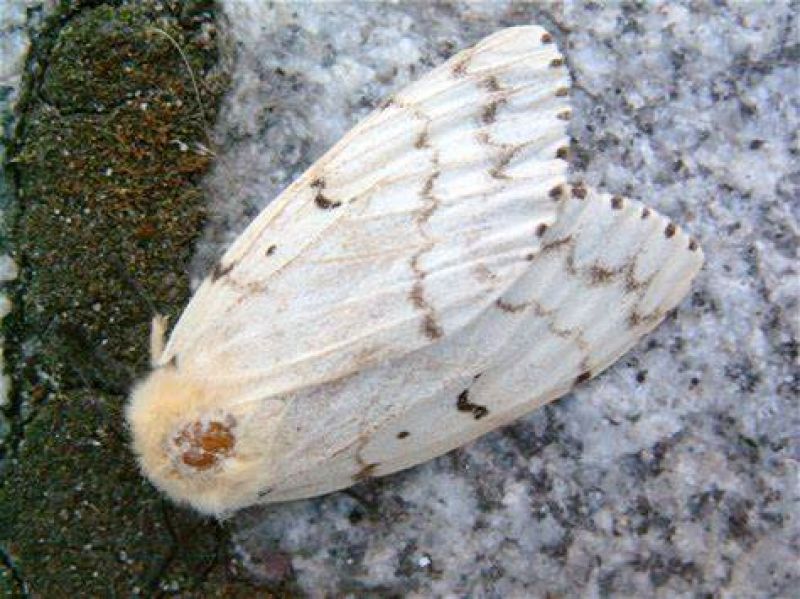Jeff Green | May 13, 2021
Last June, a gypsy moth infestation devastated oak and pine trees throughout Southern Ontario, leaving a trail of dead leaves and caterpillar dung on the forest floor and backyards everywhere. Later in the summer, the potential for an even greater problem in 2021 appeared on millions of trees, beige thumbprint sized egg sacks.
Some cottage associations are promoting the use of Btk (Bacillus thuringiensis - variety kurstaki) as a prevention.
Gard Otis is a Professor Emeritus at Guelph University. He specialises in butterfly ecology and behaviour, as well as honeybee behaviour and forest entomology.
He has recently been interviewed in the national media about protecting bee hives from 'murder hornets'.
Last summer, he expressed his opinion about gypsy moths and Btk in a letter to newspapers in the vicinity of his home in Southwestern Ontario.
“When a caterpillar consumes Btk, the bacteria multiply in the gut of the insect where they produce a toxin that kills the larva. As long as the caterpillar is a gypsy moth, we celebrate, but what about when the caterpillar is a monarch or tiger swallowtail butterfly?” he said in his letter.
In a telephone interview last weekend, he said that claims by companies that offer Btk spraying services, that the timing of the spraying acts as a control against impacts on other species of moths and butterflies, are “absurd”.
“There are thousands of species of Lepidoptera, moths and butterflies, in Ontario. There is not a time when there aren't many that are in the midst of a breeding cycle. Some have one breeding cycle a year and some have many. There are 7 butterfly species in Ontario that are endangered. Birds and small mammals use larva as a food source, and moths play other roles in the ecosystem. The idea that you can isolate one species is not supported by science.”
Besides, he said, there are two controlling factors, a virus and a fungus, that ensure that large gyspy moth infestations do not last more than one or two years, at the most.
“When gypsy moths are abundant, as occurred this year, the caterpillars become nutritionally stressed and are more susceptible to a virus that is specific to only gypsy moths. The virus spreads quickly from infected caterpillars to others nearby.
“Additionally, a fungal disease also often infects the caterpillars and causes massive mortality. After one to two years of high numbers, these insect diseases cause the gypsy moth population to crash, without any actions being taken by humans.”
He said that the virus is available, but not in Canada, as a product to apply as a control for gypsy moths, and if people are so concerned about the moths they should advocate that governments consider approving that product, because the virus only harms gypsy moths, leaving other lepidoptera unharmed.
“I don't like gypsy moths any more than anyone else, and some trees, those that are already stressed, can be harmed or even killed by gypsy moth infestations that persist, but that is just one of the ways that forests regenerate.”
His final point is a financial one.
“I wouldn't waste my money on Btk. The moths will control themselves. They always have.” he said.
“Save the butterflies and the birds, and let nature run its course.”
More Stories
- No Winner Yet in Catch The Ace But Fundraising Target Met
- South Frontenac Food Bank Opens Second Location in Battersea
- Sharbot Lake Pentecostal Church Anniversary - 1925-2025
- Frontenac Holistic Health Fair - September 20 At Storrington Centre
- Odd Year For Real Estate - But Sales Are Steady Year Over Year
- 193rd Kingston Fall Fair
- Kim Phuc - the Napalm Girl - To Visit Flinton In November
- South Frontenac Council - September 2
- Sticker Shock - EV Charging Station To Cost North Frontenac Township
- 30th Anniversary Verona Car Show

